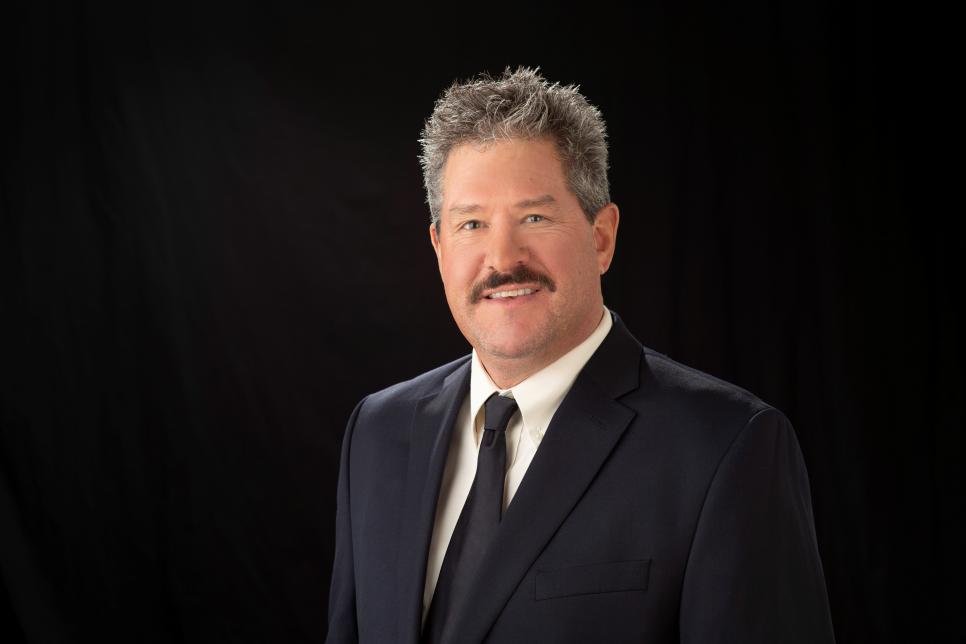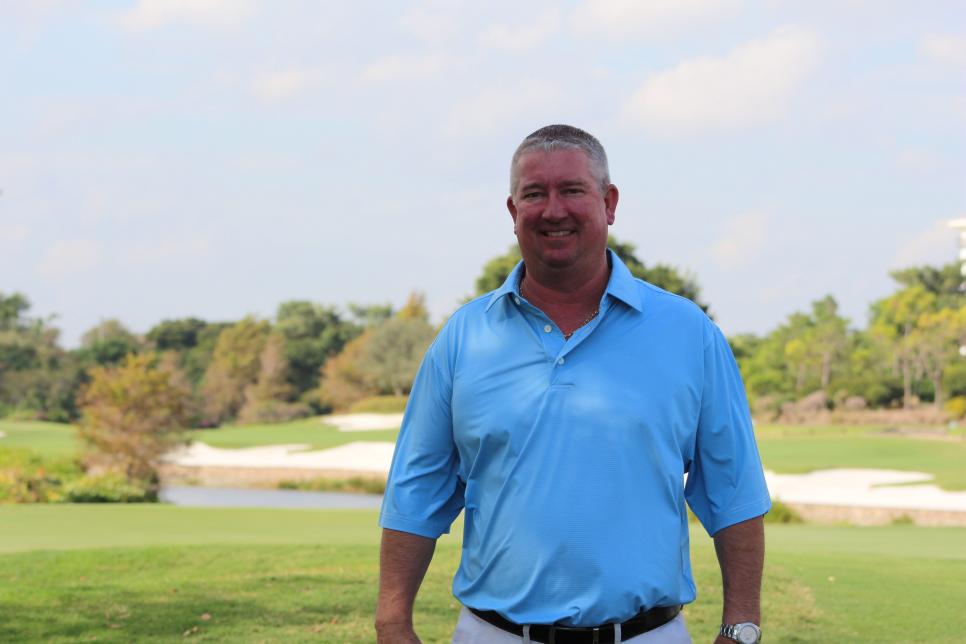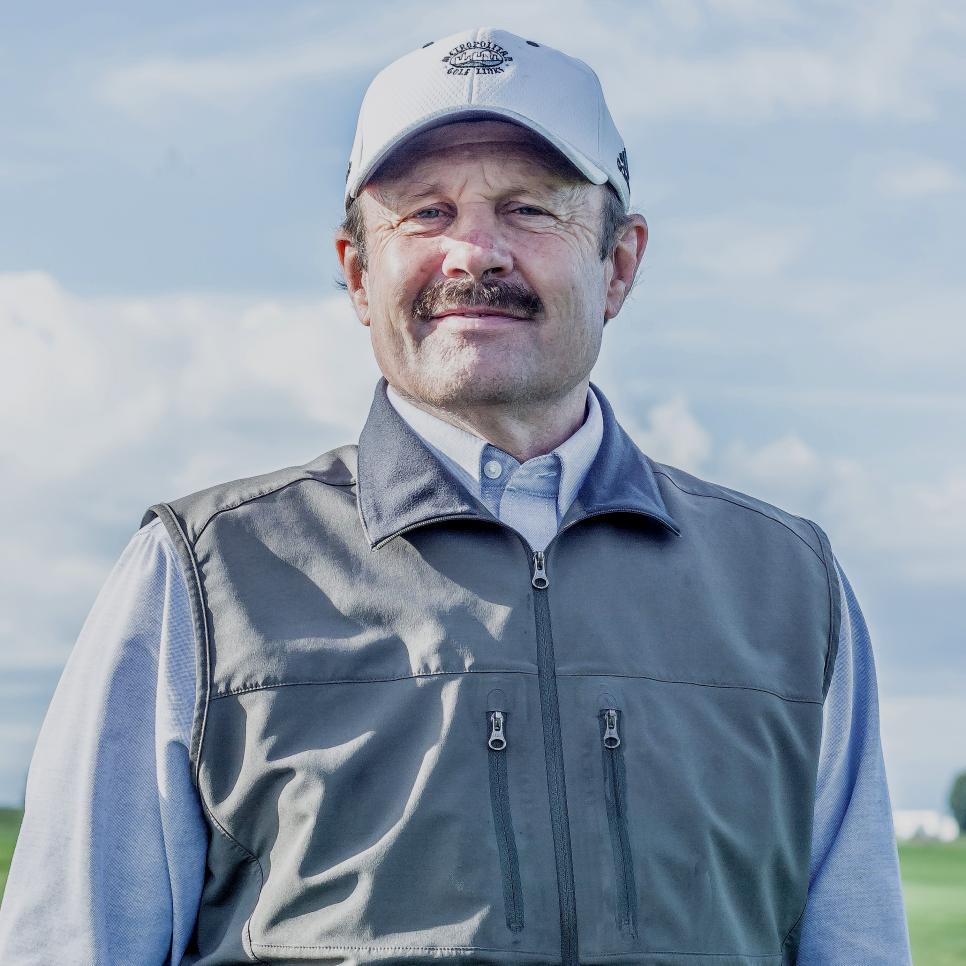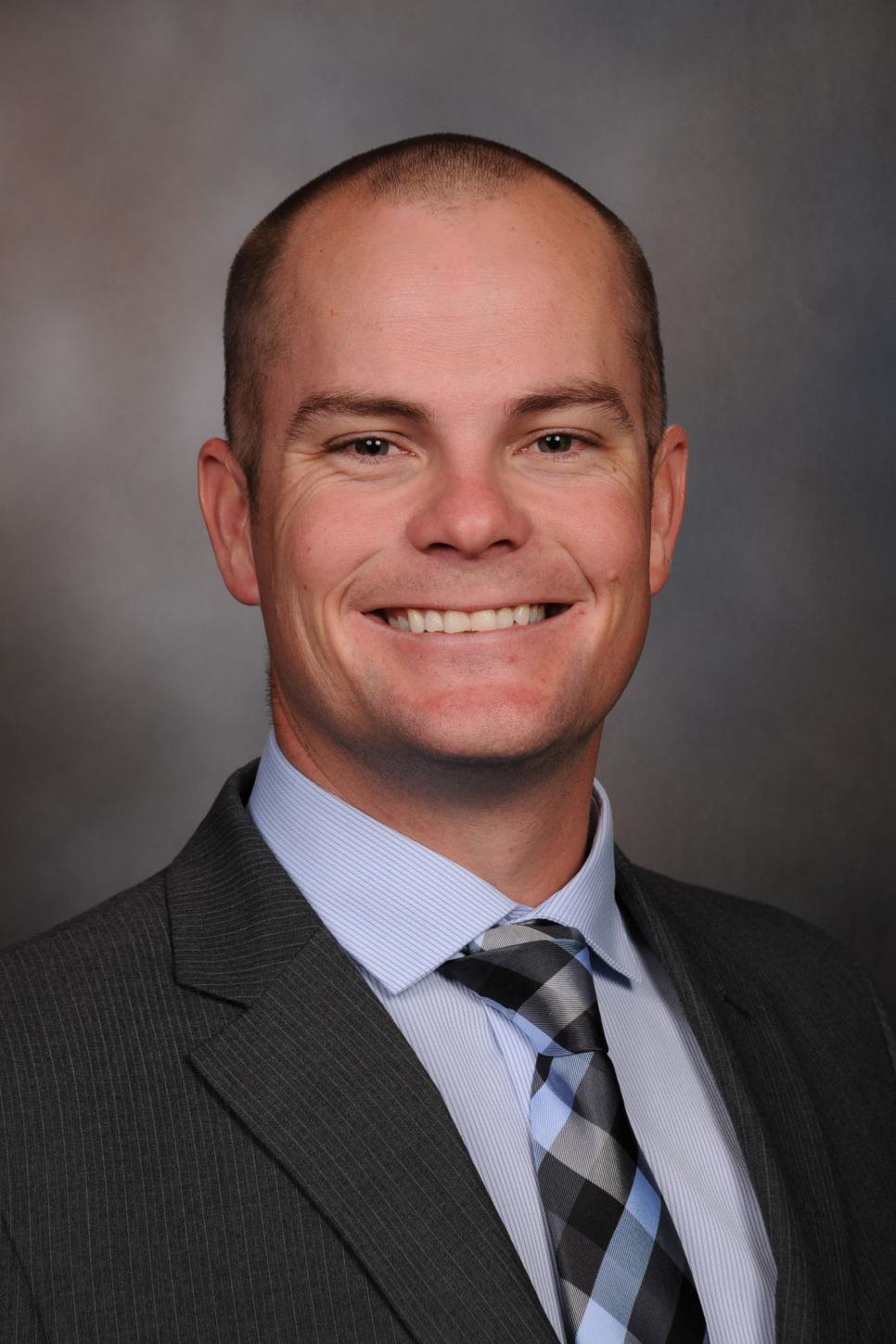There’s a new philosophy behind the Environmental Leaders in Golf Awards, the program co-sponsored each year by the Golf Course Superintendents Association of America and Golf Digest. While the awards program is still designed to recognize golf course superintendents and their courses for outstanding environmental stewardship, the rules have been changed to expand the competition and encourage more participation. (Full disclosure: this writer served on the Task Force which, over a two-year period, discussed and refined the rule changes. He also served as a judge for one portion of the most recent awards.)
In the past, to earn an ELGA, a superintendent had to demonstrate outstanding achievement in nine different aspects of stewardship, ranging from such items as water conservation, pollution prevention, wildlife habitat, integrated pest management and community leadership. From 1993 to 2017, judges reviewed all applications and scored each on all nine aspects, with the highest scores receiving the honors. ELGAs were presented in categories relating to facility type: Public, Private, Resort and International. From those four winners, one Overall Winner, a Grand Champion, was also named each year.
Beginning in 2018, the nine stewardship criteria were combined into four concise categories of specific environmental focus: Natural Resource Conservation, Healthy Land Stewardship, Communication and Outreach and Innovative Conservation. A contestant can compete for any of the four categories, for more than a single one, or even for all four, with the understanding he or she can win only one ELGA per year, and if they win, they can’t compete in that category again for five years.
The old divisions based on facility type were abolished, so that superintendents at public, private, resort and international facilities now compete against all others entered in their chosen category. The Overall Winner was also abolished, as no single application will address all facets any longer.
The number of ELGA applications received in 2018 increased slightly, offering encouragement that the program change will indeed generate more participation in future years, as contestants recognize that they can concentrate on making their best case in a single selected area of expertise.
The 2018 applicants were reviewed last fall and scored by independent panel of judges representing national environmental groups, turfgrass experts, university researchers and other members of the golf community. Four national ELGA winners were the result. The winners were recognized at the Golf Industry Show in San Diego during the week of February 4th.
The Natural Resource Conservation Award went to Certified Golf Course Superintendent Carl D. Thompson of Columbia Point Golf Course in Richland, Wash., a municipal golf course built in 1997 on the site of the old Sham-Na-Pum Golf Course.
The Healthy Land Stewardship Award was presented to Shannon Easter, superintendent of the 36-hole private Broken Sound Club, site of the PGA Tour Champion’s Oasis Championship on Feb. 8th to 10th.
.JPG.rend.hgtvcom.966.644.suffix/1573167486847.jpeg)
The Communication and Outreach Award was won by Gary Ingram, CGCS at Metropolitan Golf Links in Oakland, Calif., a privately-operated municipal course adjacent to the Oakland International Airport.
The Innovative Conservation Award was picked up by Matt Gourlay, CGCS of Colbert Hills Golf Course, Manhattan, Ks., the home course of Kansas City University golfers.
Here’s a capsule summary of each winning ELGA:
NATIONAL RESOURCE CONSERVATION
Carl Thompson was honored for his system of water conservation and water quality management. Columbia Point was rebuilt in part to serve as a stormwater runoff basin for surrounding residential and business properties. In this region, storms are infrequent, but can be intense, and when they occur, all water runoff from neighborhood pavement and storm drains is now funneled onto the golf course, where its 110 acres of maintained turfgrass serves as a filtration system that cleanses the water before it reaches groundwater, via a hundred dry wells on the property, and subsequently into the nearby Columbia River to its east and Yakima River to its south.

The course lies in arid southeastern Washington, where annual rainfall is less than nine inches a year and temperatures rise into the 90s from May to September. The Columbia River serves as Thompson’s water source for irrigation, with water drawn from the river to holding ponds on the property. The ponds are protected from potential pollutants by 12-foot no mow/no spray buffer zones around their perimeters.
The Jim Engh-designed course features distinctive mounding to separate fairways on the tight parcel of land, and the course is turfed in both common Bermuda and a variety of cool-season grasses, including bents, bluegrasses, ryegrasses, fescues and Poa Annua. To conserve water, Thompson splits up his nightly watering, applying about .05 inches of water at dusk via an automated system, then adding a bit more manually after the automated system shuts down at 2 a.m. He uses a weather station to provide precise evapotranspiration rates, but Thompson limits his watering to no more than .12 inches each night, the equivalent of less than 800,000 gallons of water per night, even when his ET data calls for replenishment of nearly three times as much.
As a result, the golf course plays firm and fast, and dry spots are acceptable in some portions of fairways and rough and especially on the perimeter mounds. Playing surfaces on this high-end daily fee have not been adversely affected. Indeed, the distinctive Engh design has been enhanced by the lively turf upon which balls can bound and roll for long distances.
HEALTHY LAND STEWARDSHIP

Shannon Easter was the Overall ELGA recipient in 2016 on the basis of the several extensive, comprehensive stewardship programs covering both the Old Course and New Course (formerly called the Club Course) at Broken Sound in Boca Raton, Florida. He was honored with a 2018 ELGA in part for the impressive manner in which Broken Sound maintains healthy turf.
Like many clubs, Broken Sound needed to deal with food waste generated by a thousand or more clubhouse diners per day. Nearly 10 years ago, the club invested in an in-vessel Digester, positioned off to the side of the New Course, a 30-foot-long cylindrical contraption in which all clubhouse food waste is periodically deposited by Easter. The vessel slowly rotates, much like a cement mixer, to slowly create compost. No food waste ends up in garbage cans anymore. Instead, crews place all food waste into the Digester, as well as grass clippings, leaves and palm fronds. Material is cycled through the digester three times to fully break it down, a “cooking” process that takes nearly a week. After it’s stockpiled for three weeks of curing, it becomes compost that Easter uses throughout the property, sometimes as fertilizer, often as mulch.
Easter is also a devotee of amending his golf course soil with applications of Biochar Carbon as a soil amendment to enhance and improve soil productivity. After topdressing his course with the carbon powder, Easter says, the soil holds moisture better and retains nutrients longer. He once went three weeks without having to irrigate. He uses 40% less fertilizer and 60% less fungicide on fairways and greens than in the past, and his turfgrass is healthier.
During a recent renovation of the New Course by architect Matt Swanson, Easter had carbon mixed into the top 12 inches of the soil profile of tees, fairways and rough during the reconstruction to help retain nutrients for the new turf and to neutralize chemicals.
He also applies Holganix brand microorganisms to both courses on a weekly basis through both irrigation and spray operations, feeling that healthy microbial activity reduces both plant stress and pest pressure and is essential to keep his grass plants healthy. He also aerifies frequently to supply oxygen to the microbial populations, adds carbon during greens aerification to help maintain the microbes and applies homemade compost during many topdressings as another nutrient to the microorganisms.
COMMUNICATION AND OUTREACH

Like Easter, Gary Ingram is a former Overall ELGA winner, receiving his award in 2014 for propagating and maintaining high-quality golf course turf in harsh soils pulled from San Francisco Bay and irrigated with reclaimed water that contains a high salt content. For 2018, Ingram competed in the Communication and Outreach category and won because of his stellar community involvement.
Along with other officials of CourseCo., the management company that operates Metropolitan Golf Links on a long-term lease, Ingram created the nonprofit Oakland Turfgrass Educational Initiative in 2006. Since then, the outreach program has sponsored periodic inner-city student field trips to the course, where Ingram explains everything from water conservation to wildlife habitat to golf course maintenance practices.
Ingram’s shop is a virtual classroom laboratory of turfgrass education, but he teaches mostly outdoors. Every student is allowed to operate a sand pro and several also get to drive mowers. Everyone also gets a golf lesson – for most, it’s the first time holding a golf club – and are shown other aspects of the golf course, including pro shop and food and beverage operations. Afterwards, interested students are selected for semester-long and summer internships, working on both the course maintenance crew and in the clubhouse on a rotating basis, to gain full exposure to the opportunities in golf. Several interns have since hired on as full or part-time employees at the course, and one who started on Ingram’s crew was later hired as an assistant pro.
The nonprofit works not just with local junior highs, high schools and charter schools but with other youth organizations, including the Police Athletic League and Spanish Unity Council. “Through our field trips and internships, we have shown thousands of students how important it is to develop and live sustainable lives,” Ingram says.
Ingram also communicates through various social media outlets, is a guest speaker at many community functions, has served on the Oakland High School Environmental Science Academy board, has taught Sports Turf Management at Peralta Community College and makes annual presentations at several First Tee golf facilities in the Bay Area.
INNOVATIVE CONSERVATION

Sometimes circumstances can be the mother of innovation, and for Matt Gourlay, who took over course maintenance duties at Colbert Hills Golf Course in 2009, the Kansas drought of 2012 led him to radically alter his course irrigation plan. The cost of water had gone from $1.00 per thousand gallons to $4.00 per thousand, so he removed 1,000 of his 2,800 irrigation heads and established natural areas around tee boxes, in roughs and on the perimeters of the property.
As for the playing surfaces - Meyer Zoysia fairways, bluegrass rough and L93 bent-grass greens - Gourlay says, “We went biscuit brown. We were Pinehurst before Pinehurst became Pinehurst in the 2014 U.S. Open.” Many regular golfers didn’t enjoy that, so in recent years he’s kept Colbert Hills a little greener, but still leaner than others in the area, providing firm and fast turf.
Gourlay has also adopted other practices outside the norm. He studied the Minimal Levels of Sustainable Nutrition guidelines when they were introduced in 2012, and drastically reduced his frequency of fertilization. He fertilizes greens 90% less than they were fertilized back in the early 2000s. As a result, he’s been able to remove the buckets on his greensmowers in order to reincorporate clippings back into the soil, providing natural nutrition that he feels will further reduce the need to fertilize.
His mowing frequency has dropped considerably. He’s gone from mowing every day, back in the 2000s, to now mowing greens just once every five to six days. He does roll the greens some mornings to maintain consistency.
“We have saved 600 man-hours of mowing annually,” Gourlay says. “We are saving labor, fuel, oil, machine wear-and-tear and we’re increasing the life of the greensmowers.”
His low frequency of fertilization has also led to nearly abandoning the need to aerify his greens. “Theoretically,” Gourlay says, “USGA-spec greens are never supposed to compact anyway. We have large greens at Colbert Hills, which spreads out any potential compaction. In the winter and spring, there is natural expansion and contraction as greens freeze and thaw.”
“By not overstimulating the turf with fertilizer, the greens don’t accumulate much thatch, which also removes the need to aerify greens to break-up any build-up of organic matter. We’ve only aerified four greens since 2007.”
Gourlay also reduced fertilization of his Zoysia fairways, which in turn resulted in less daily growth and less need for mowing. In 2018, his crew mowed the fairways only 20 times during the entire season.
Gourlay has become a popular voice on social media promoting his practices of “reduced inputs yet great playability.”
2019 ELGA COMPETITION
If you’re a golf course superintendent, or know of a golf course superintendent, with membership in the GCSAA and practice comparable or even more successful sustainability activities, we urge participation in the 2019 ELGA competition when it is announced later this summer. Go to GCSAA.org for more details.
